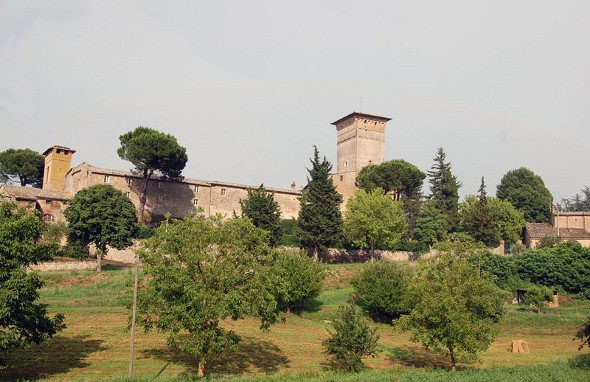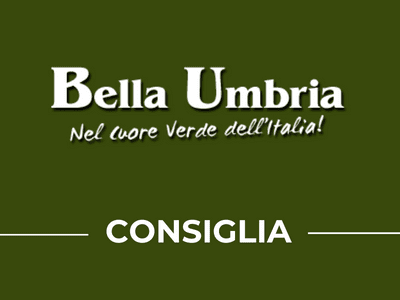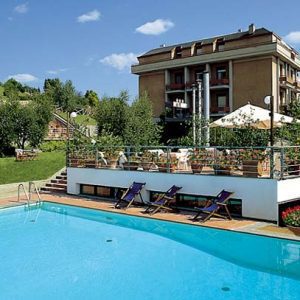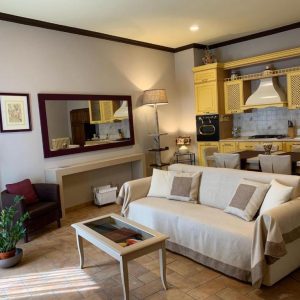▌ Alla scoperta di Porano
#BELLAUMBRIA
{“translation”:[{“lang”:”it”,”content”:”
La collina di Porano di fronte alla rupe di Orvieto, fra Umbria e Lazio, doveva essere già abitata intorno al periodo etrusco visto il gran numero di reperti di questa età che sono stati rinvenuti nelle zone circostanti. Le caratteristiche del borgo sono però tipicamente medioevali come testimoniano la sua stessa ubicazione e lo sviluppo del tessuto urbano.
>>Vuoi visitare Porano? Consulta ora le offerte dei migliori agriturismi nelle vicinanze.

>> Ci sono offerte in scadenza per hotel nella zona di Porano! Clicca e consultale subito.
Vicino al centro storico, che si trova a 444 m. s.l.m., ci sono due splendide costruzioni, Castel Rubello e la Villa Paolina, oggi centro di ricerca scientifica dell’Istituto di Agroselvicoltura del CNR, nel cui ampio parco si svolge ogni anno un prestigioso Concorso Ippico Nazionale. La villa Paolina è immersa nel cuore di un parco di alberi di alto fusto di grande pregio per la varietà e la qualità delle specie botaniche e per la presenza di piante secolari come cipressi, cedri e camelie. L’aspetto attuale del parco, esteso per circa 9 ettari, è la risultante di due importanti interventi avvenuti rispettivamente nel ‘700 (grandi viali fiancheggiati da cipressied esedre) e nell’800. Nel suo insieme può essere diviso in aree omogenee: la zona a settentrione della villa è sistemata a giardino con siepi di bosso, peonie e, soprattutto, splendidi esemplari di camelie, eccezionali per le loro dimensioni e risalenti agli impianti ottocenteschi.
Nel territorio di Porano sono stati riportati alla luce numerosi reperti archeologici; tra i più importanti, le tombe etrusche dipinte (IV sec. a.C.): quella degli Hescanas e le due Golini della necropoli di Settecamini.
“},{“lang”:”en”,”content”:”The Porano hill in front of the rock of Orvieto, between Umbria and Lazio, must have been inhabited near or during the Etruscan period given the great number of finds from this age which have been discovered in the surrounding areas. The characterisitic features of the village are, however, typically from the Middle Age as evidenced by its location and by the development of the urban fabric. Just outside the village one can find the Rubello Castle, built in 1200, with its three towers of remarkable architectural value, the Paolina villa, from the 18th Century, with an annexed park, and some Etruscan toumbs from the 4th Century B.C. whose peculiarity is in its frescos.
“},{“lang”:”es”,”content”:”The Porano hill in front of the rock of Orvieto, between Umbria and Lazio, must have been inhabited near or during the Etruscan period given the great number of finds from this age which have been discovered in the surrounding areas. The characterisitic features of the village are, however, typically from the Middle Age as evidenced by its location and by the development of the urban fabric. Just outside the village one can find the Rubello Castle, built in 1200, with its three towers of remarkable architectural value, the Paolina villa, from the 18th Century, with an annexed park, and some Etruscan toumbs from the 4th Century B.C. whose peculiarity is in its frescos.
“},{“lang”:”de”,”content”:”The Porano hill in front of the rock of Orvieto, between Umbria and Lazio, must have been inhabited near or during the Etruscan period given the great number of finds from this age which have been discovered in the surrounding areas. The characterisitic features of the village are, however, typically from the Middle Age as evidenced by its location and by the development of the urban fabric. Just outside the village one can find the Rubello Castle, built in 1200, with its three towers of remarkable architectural value, the Paolina villa, from the 18th Century, with an annexed park, and some Etruscan toumbs from the 4th Century B.C. whose peculiarity is in its frescos.
“},{“lang”:”fr”,”content”:”La colline de Porano, en face du rocher d’Orvieto, entre Ombrie et Lazio, devait être déjà habitée aux alentours de la période étrusque vu le grand nombre de restes de cette époque qui ont été retrouvés dans les environs. Les charactéristiques du village sont cependant typiquement médiévales comme en témoignent sa position même et le développement de son tissu urbain. Juste en dehors du village on trouvent Castello Rubello, construction de 1200 avec trois tours de grand intérêt architectonique, la villa Paolina du XVIIIème siècle avec son parc et quelques tombes étrusques du Ivème siècle avant Jésus-Christ dont la particularité est de posséder des fresques.
“}]}





